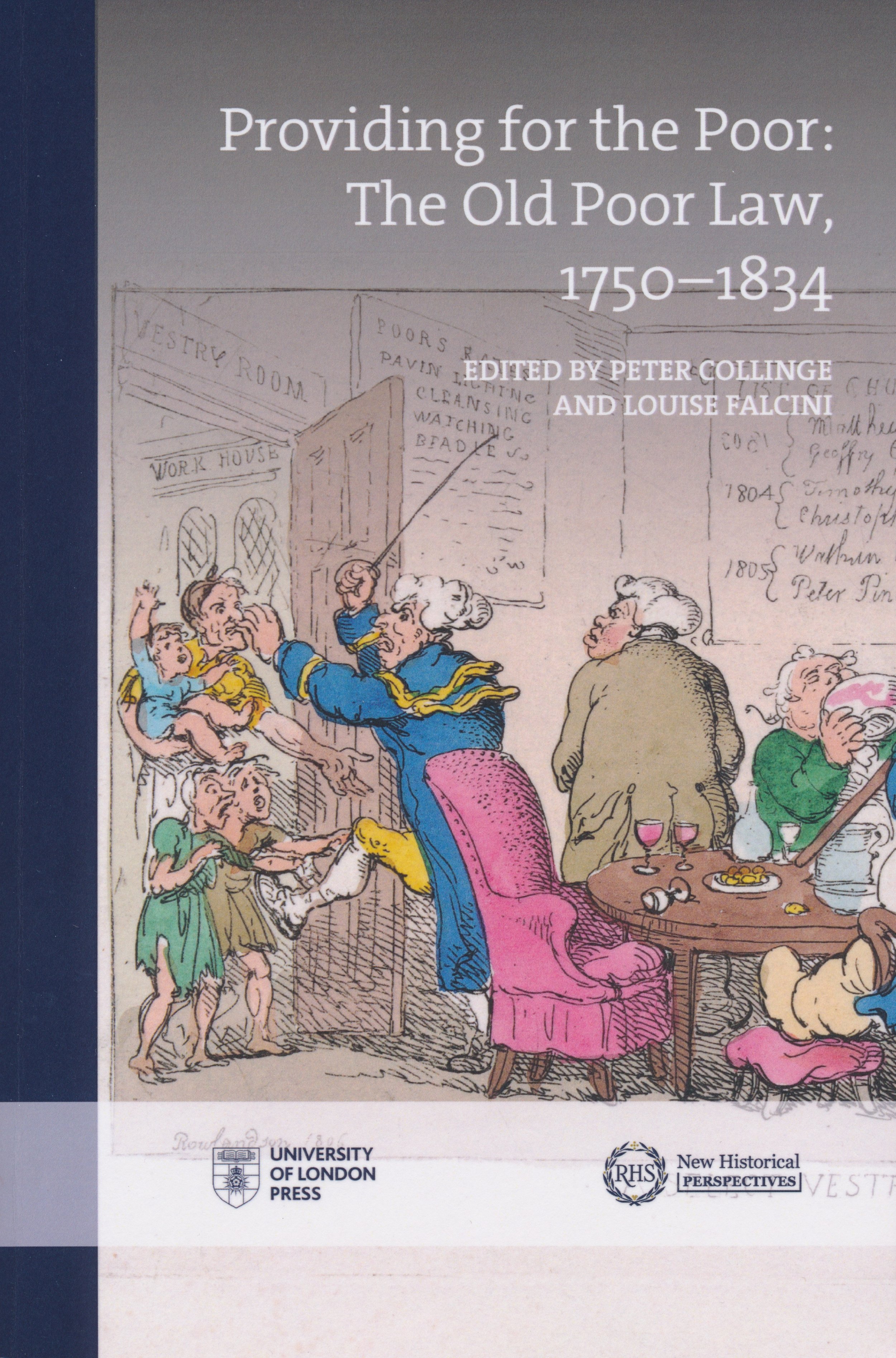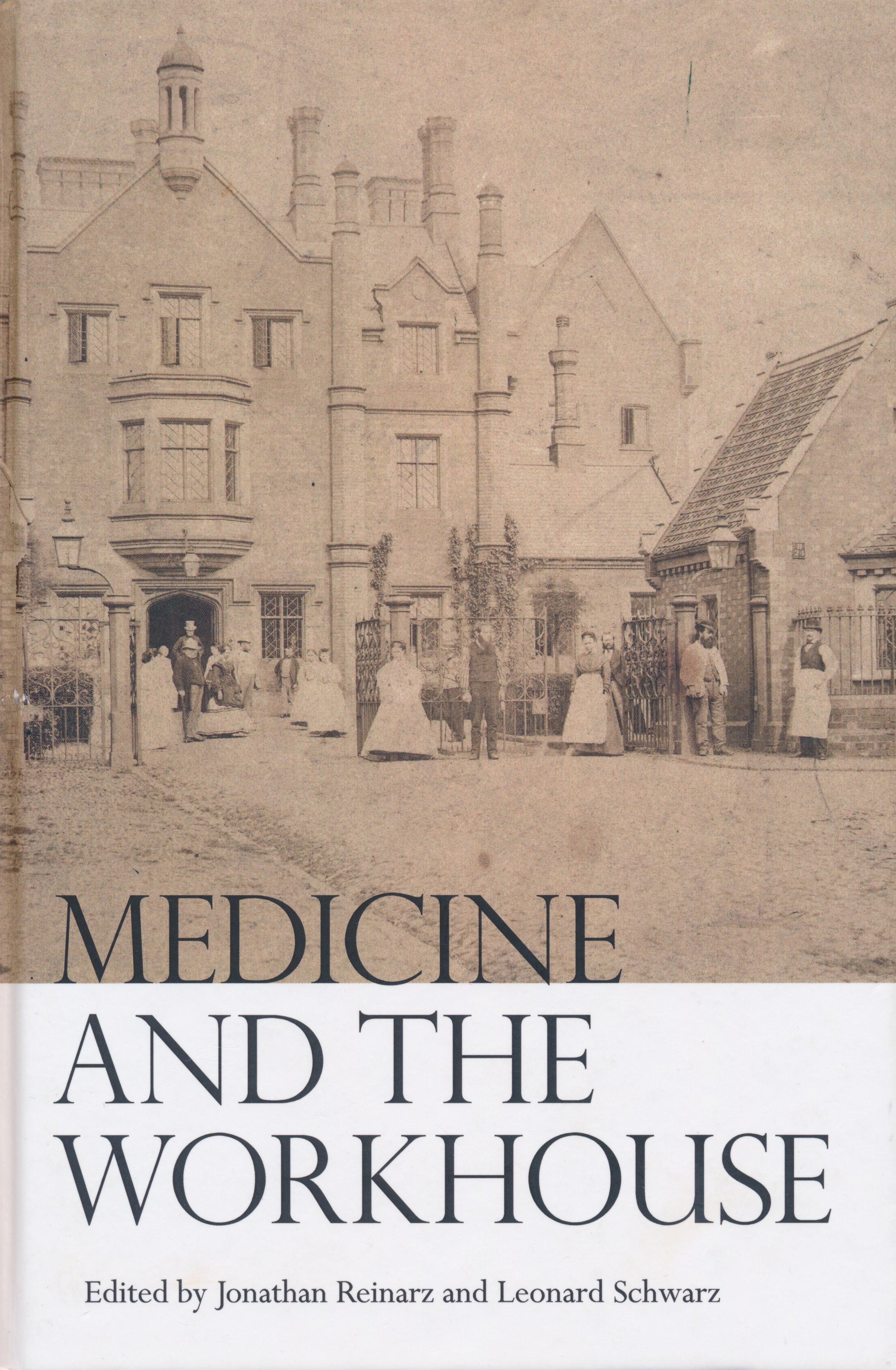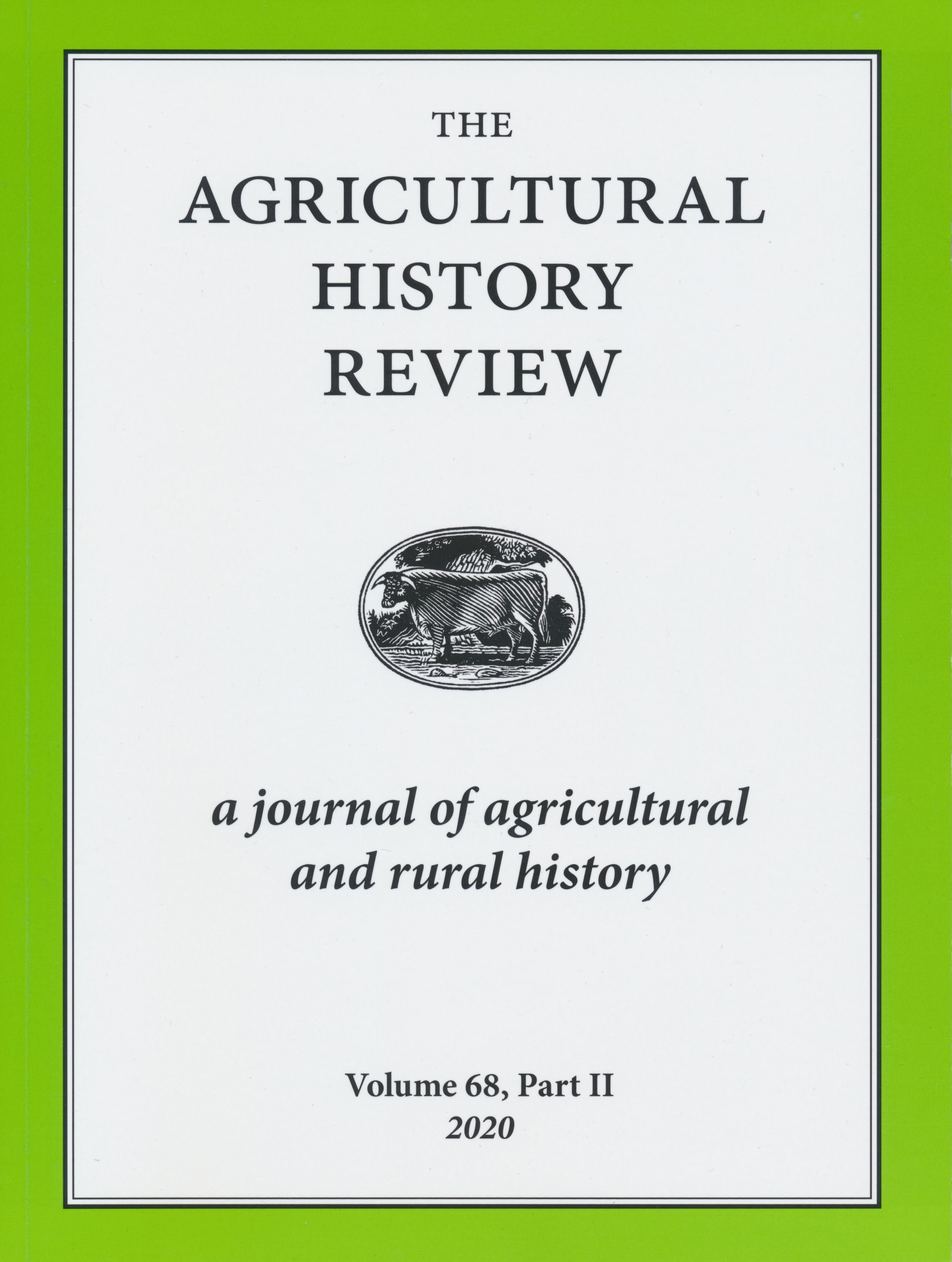-

Pauper Policies: Poor Law Practice in England, 1780-1850
Pauper Policies examines how policies under the old and New Poor Laws were conceived, adopted, implemented, developed or abandoned. This fresh perspective reveals significant aspects of poor law history which have been overlooked by scholars. Pointing towards a new direction in the study of poor law administration, it examines how people, both those in positions of power and the poor, could shape pauper policies. It is essential reading for anyone with an interest in welfare and poverty in eighteenth and nineteenth-century England.
Praise for Pauper Policies
— “Shave has written one of the most original books on the English Poor Law in years”.
Professor Alannah Tomkins in Rural History
— “This is an important and significant book.”
— “This book significantly shifts our understanding of poor law policy.”
Professor Malcom Chase in Economic History Review
— “a very significant and highly original contribution”
— “exceptionally rich and detailed research”
Professor David Green in Journal of Social Policy
Professor Emma Griffin on Pauper Policies
“Pauper policies presents exciting new research on the English Poor Laws before and after the Amendment Act of 1834. This original study of an institution that lay at the heart of life for many centuries is empirically rich and analytically engaging. Shave's book provides a superb example of how painstaking archival work opens the possibility of deeper understanding of a wide range of cognate areas of social and political life. Beautifully written and clearly argued, this is an excellent addition to the scholarship.”
-

Providing for the Poor: The Old Poor Law, 1750–1834
In her chapter ‘Who cares? Mismanagement, neglect and suffering in the final decades of the Old Poor Laws’ Samantha explores the actions and words of two men who brought cases of workhouse cruelty to light. It examines what they did and why, leading us to question the nature of welfare provision and the vulnerable poor.
-

Continuity and Change
New Poor Law scandals have usually been examined either to demonstrate the cruelty of the workhouse regime or to illustrate the failings or brutality of union staff. But scandals also led to policy changes, many of which were not always in the best interests of those subject to incarceration, or the staff meant to support them. In 'Great inhumanity: Scandal, child punishment and policymaking in the early years of the New Poor Law workhouse system’, Samantha examines the severity of punishments towards three young children in a workhouse scandal in southern England, namely the Droxford Union and Fareham Union scandal (1836–1837). The policies developed after this particular scandal made union staff, rather than the welfare system as a whole, individually responsible for the maltreatment and neglect of the poor.
-

The Historical Journal
England was blighted by frequent agricultural depressions in the late eighteenth and early nineteenth centuries. Recurrent crises brought poor law reform to the parliamentary agenda and led to the passage of two non-compulsory pieces of legislation, Sturges Bourne's Acts of 1818 and 1819. These permissory acts allowed parishes to ‘tighten up’ the distribution of poor relief through two vital tools: the formation of select vestries, and the appointment of waged assistant overseers. Whilst previous studies have tended to represent the legislation as a failing reform in the dying days of the old poor law, we know remarkably little about the relief practices deployed by parishes operating under the auspices of Sturges Bourne's Acts. 'The impact of Sturges Bourne's Poor Law Reforms in Rural England' starts by detailing the genesis of the reforms before considering the provisions of the acts and their rates of adoption in rural England. Focusing upon administrative records from Wessex and West Sussex, the article proceeds to examine the inspection of relief claimants, and judgments made as to their ‘character and conduct’; the general measures taken to reduce outdoor relief; and their alternative strategies for allocating relief. It is argued that the reforms re-drew the distinction between ‘deserving’ and ‘undeserving’ poor, ultimately changing individuals' and families' entitlement to relief under the old poor laws.
-

Medicine and the Workhouse
Samantha’s chapter ‘‘Immediate Death or a Life of Torture Are the Consequences of the System’: The Bridgwater Union Scandal and Policy Change’ explores the crisis in the Bridgwater area when medical men were not paid adequately to support the poor. It examines the neglect and suffering of people in need of medical aid, the escalation of this into a national scandal, and the policy consequences. The Bridgwater Scandal led to better support to the poor and those employed to support them. The Bridgwater case led to better pay and conditions for medical staff, and the first piece of legislation that ensured free medical aid to those in need in England and Wales.
-

The Agricultural History Review
Limited research has been conducted on the ways in which land agents were involved in the administration and management of poor relief on estates. Literature on the old poor laws has focused on the individuals vested with powers under law to administer poor relief (such as parish officers and magistrates) and literature on land agents has overlooked this role. In order to address this deficiency, 'The land agent and the old poor laws: examining the correspondence of William Spencer in Sapcote, Leicestershire' examines the richly detailed correspondence of William Spencer, who worked in Leicestershire for John Frewen Turner, and his role in the implementation of a deterrent workhouse system in the early nineteenth century. Spencer directed the establishment of the new institution, negotiated between the landowner and key individuals in the community, and gleaned information about poor relief practices in other locations. Spencer also held prejudices against individuals in the community, and reported their resistance to the new workhouse. This case study illustrates some of the ways in which land agents influenced and managed poor relief system in nineteenth-century rural England.
-

Rural History
Social commentators in the early decades of the nineteenth century considered the ‘poor classes’ to be a homogenous sub-group of society dependent on parish poor relief. Whilst in recent decades studies of the Old Poor Law have added much to our understandings of the complexity of poor relief practices, the concept of dependency has proved remarkably durable. 'The Dependent Poor? (Re)constructing The Lives of Individuals ‘On the Parish’ in Rural Dorset, 1800–1832' challenges this central assumption by focusing upon the very individuals who constituted this supposedly homogenous dependent group. The relief histories of eight individuals from two cohorts who resided in the Dorset parish of Motcombe are (re)constructed and linked to demographic data to produce detailed biographies. On the basis of these biographies it is argued that even in north Dorset, where opportunities for employment and alternative forms of subsistence were few, ‘the poor’ experienced complex fluctuations of dependence on, and independence from, poor relief. It is also shown that traditional assumptions about the factors prompting relief, including the expansion of the family, did not have a uniform impact on all individuals. Such a methodology also makes it possible to explore how the parish managed to respond to the differing and similar needs of individuals. It is thus stressed that instead of following one policy for all, parish officials applied and tailored relief to suit each individual.
-

The New Poor Law: Regional and Local Perspectives
This Special Issue of the journal Local Population Studies, focused on regional and local perspectives on the New Poor Law, is co-edited by Samantha and Andrew Hinde. The papers provide a range of regional and local perspectives on the operation of the New Poor Law in nineteenth-century England, Wales and Ireland. The way the New Poor was experienced, both by those who administered and and requested support from it, is explored in seven new pieces of research, including Steve King's influential piece 'Thinking and Rethinking the New Poor Law'.
-

Local Population Studies
In this research note, 'The Carnegie Dietary Survey of Interwar Britain', Samantha describes an under-used collection of papers which document interwar income, nutrition and health in Britain which were created in the administration of the Carnegie Dietary Survey by John Boyd-Orr in the Rowett Institute with funding from the Carnegie United Kingdom Trust. The survey was conducted in 16 rural and urban places across England and Scotland between 1937–9, and are now held at the Specialist Collections Centre at the University of Aberdeen. While the importance of the survey in informing knowledge about nutrition and the development of rationing has been acknowledged in the field of social medicine, the survey data has primarily been used by epidemiological scientists and economic historians. After outlining the survey’s past influences and uses, this item details the possible ways the data could be used by social, economic and local population historians.
-

History in Focus
In this online Institute for Historical Research article, 'The welfare of the vulnerable in the late 18th and early 19th centuries: Gilbert's Act of 1782', Samantha presents us with an examination of the adoption and implementation of Thomas Gilbert's Act of 1782, one of the enabling workhouse acts under the Old Poor Laws. Using a case study of one Gilbert’s Act workhouse, that of Alverstoke in Hampshire, in the south of England, it demonstrates that a wealth of information can be obtained about the operation of Gilbert’s Act on the ground. This article argues that where adopted and implemented, this legislation had a significant impact on the welfare provision of the vulnerable.